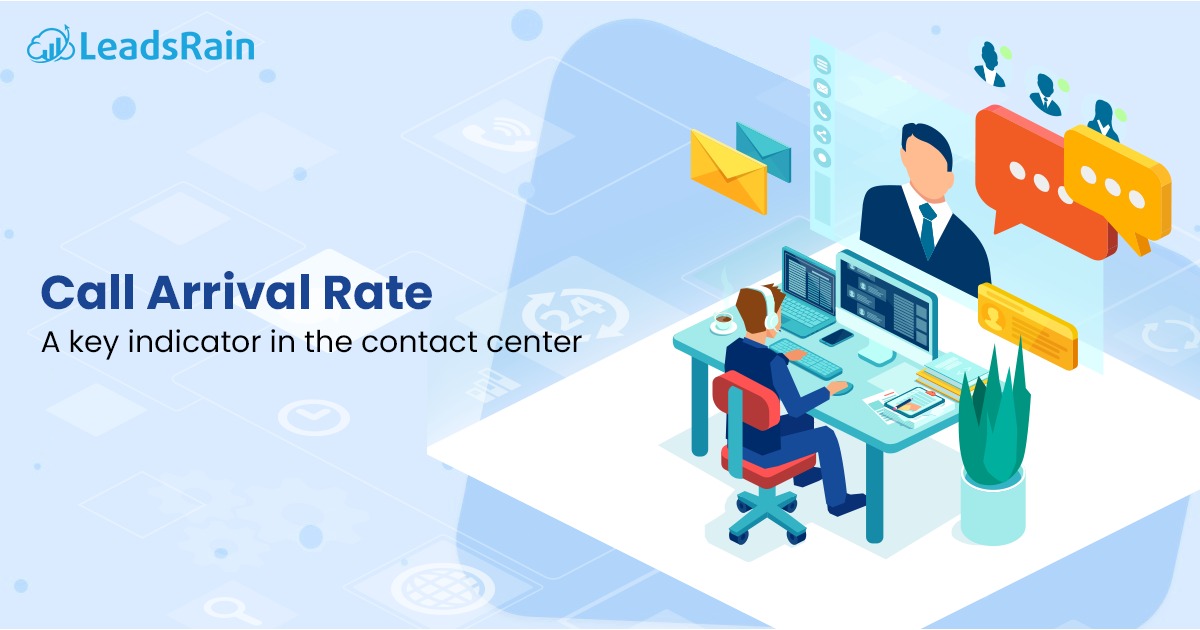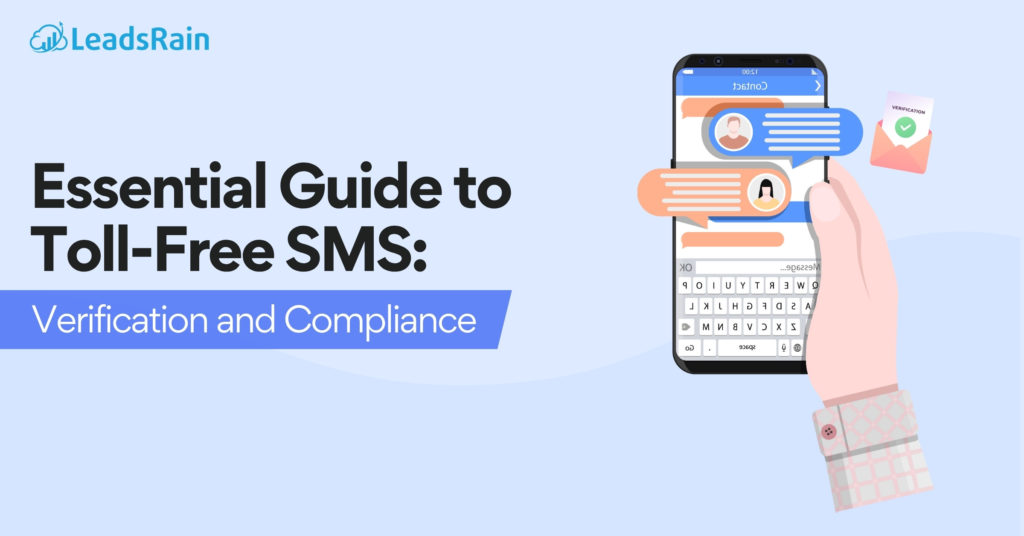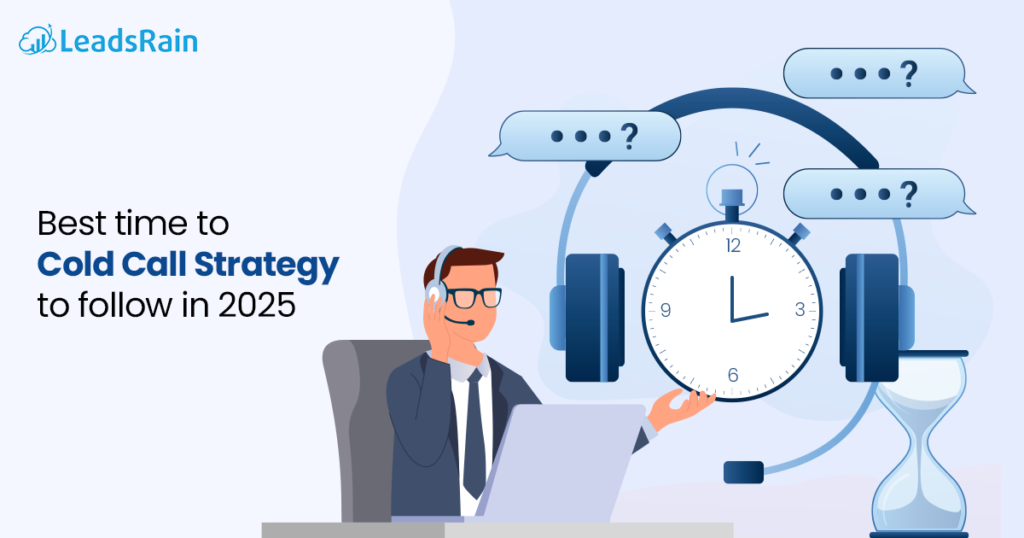Do you crave to gauge the rate of inbound calls over time and employ individuals based on the data? If so, estimating the call rate arrival could be the ideal solution.
This step analyzes both incoming and outgoing call requests to assist you detect potential difficulties. Understanding CAR could benefit businesses in identifying patterns in customer interactions and refining their strategy for increasing response times, resulting in happier customers who revisit again and again!
Defining “Call Arrival Rate“ in the contact center?
The term “Call Arrival Rate” refers to a call center metric that quantifies the number of incoming calls received by a contact center over a specific period. Call Arrival Rate is a numerical representation of how many calls arrive at your contact center.
It is commonly defined as the number of calls received per unit of time, such as calls per hour or calls per minute.
Call Arrival Rate is often determined in calls per hour or calls per minute.
Let’s understand it in a better way;
If a contact center receives 120 calls in an hour, the Call Arrival Rate for that hour would be 120 calls per hour. Suppose the Call Arrival Rate suddenly spikes to 200 calls per hour due to a product issue. In that case, the center needs to quickly adjust by either increasing the number of available agents or by implementing call-handling strategies to manage the higher volume.
Why do call arrival rates matter?
According to a Harvard Business Review study, excessive resource allocation caused by inaccurate CAR predictions can lose businesses up to 10% of their yearly revenue. That is why Call Arrival Rate is an important element in evaluating how many agents you should have accessible at any given moment. Overestimation of this might result in customer dissatisfaction and higher expenses.
The Call Arrival Rate (CAR) is important simply because it indicates how frequently customers contact a call center. It has a direct impact on both customer service quality and resource allocation. Furthermore, it assures a prompt response, reduces wait times, and increases customer satisfaction.
The call center needs to grow in conjunction with your business. Monitoring CAR allows you to discover trends and forecast periods of strong demand, allowing you to effectively prepare for future expansion.
7 strategies to optimize call arrival rates
In contact centers and other customer service-oriented businesses, maintaining effective and fruitful processes depends on improving the call arrival rate, or CAR. These strategies are meant to optimize CAR;
1. Predictive analytics for forecasting CAR.
Predictive analytics can accurately predict when call numbers will peak or fall. By analyzing historical data and trends and making appropriate preparations, you can predict times when there will be a lot of calls.
Predictive analytics, for instance, is used by a financial services organization to anticipate higher call volumes during tax season.
2. Consider call deflection to route non-urgent calls.
Call deflection methods should be used to route non-urgent calls to self-service resources like FAQs. This helps reduce the number of calls agents need to handle directly.
One utility business recently switched billing inquiries to an automated payment gateway via an IVR system.
3. Implement call-back solutions using voicemail.
Instead of leaving customers on hold, provide a call-back option in which they can leave a voicemail to receive a return call. This strategy will certainly manage call volume and improve customer experience.
Real estate agents frequently offer customers the option of leaving a voicemail instead of reclining on hold. The ringless voicemail system automatically schedules a callback during off-peak hours to balance call arrival rates throughout the day.
Eliminating the need for clients to wait on hold reduced call abandonment rates by 20%.
4. Setting up real-time monitoring for call interactions.
Use real-time monitoring tools to track call interactions and alter resources as applicable. This enables managers to make quick decisions to optimize call handling and service levels.
5. Train agents to handle calls efficiently.
Regularly train agents to improve their call-handling skill sets, prioritizing productivity without sacrificing customer satisfaction. Efficient call handling reduces average handle time and increases call arrival rate.
Healthcare providers often conduct monthly training sessions on resolving insurance claims, resulting in a 15% increase in first-call resolution rates.
6. Use automation technologies to manage high volumes.
When managing high call volumes, use automation technologies such as AI-driven Ringless Voicemail, predictive dialler, Automated call distribution, or Interactive Voice Response. This technology can handle routine inquiries, freeing up agents for more complicated situations.
During a flash sale event, an e-commerce company distributes calls fairly across agents using an ACD system, resulting in a 25% increase in call handling capacity and a smoother CX.
Collect feedback from employees and customers.
7. Collect feedback from both employees and customers.
Regularly discover areas of improvement in the call-handling process. Use this feedback to make alterations that improve call arrival rates and overall service.
Case study for CAR: A successful snapshot from business leaders
The following scenarios show how different firms have successfully improved their CAR, resulting in increased productivity and customer satisfaction.
1. Zappos
Zappos.com is an American online shoe and clothes store headquartered in Las Vegas, Nevada, United States. They saw an increase in call volume over the holiday shopping season. The unexpected surge in CAR put a strain on their call center resources, resulting in increased wait times and possibly consumer disapproval.
The solution they obtained?
Zappos used a combination of dynamic staffing and advanced call routing tactics. They also established an automated routing system, which assigned high-value consumers to more experienced agents.
What was the result?
Zappos’ actions resulted in lower wait times and higher first-call resolution rates.
2. British Gas
British Gas is the UK’s largest energy and home services company. They encountered difficulties with high calls at specific periods of the year, such as when energy bills were sent out or during cold weather spells.
So they decide to utilize machine learning algorithms to predict call traffic and modify the workforce in real time. Furthermore, they advertised their digital channels during peak hours to deflect calls away from the call center.
Finally, the organization observed a considerable reduction in the CAR during peak periods. Customers found self-service options convenient.
Conclusion
Implementing automated processes, adopting new communication channels, and investing in employee training are all key steps towards increasing overall customer experience and operational effectiveness. Last but not least, a well-managed call arrival rate delivers rapid and successful customer service while also improving the company’s overall performance and reputation.
If you’re seeking to bump up your call arrival rate and drive business success, let LeadsRain assist. Schedule a demo today!




